Being thrown into a survival situation isn’t something that anybody truly expects. It just seems to happen.
But should you end up in such, do you have what it takes to make it out alive? What skills are the most important for being able to do so as well?
We’ve gathered the top skills we think increase your chances of survival in any kind of SHTF situation — from shelters to food, keep reading to see what we recommend.
Must-Have Survival Skills
1. Know How to Make a Shelter
Personally, I think this is perhaps the most important survival skill you can have. Water, fire, food — they’re all important, but if you don’t have some type of shelter to make it through night one, you won’t ever get the chance to need those other things.
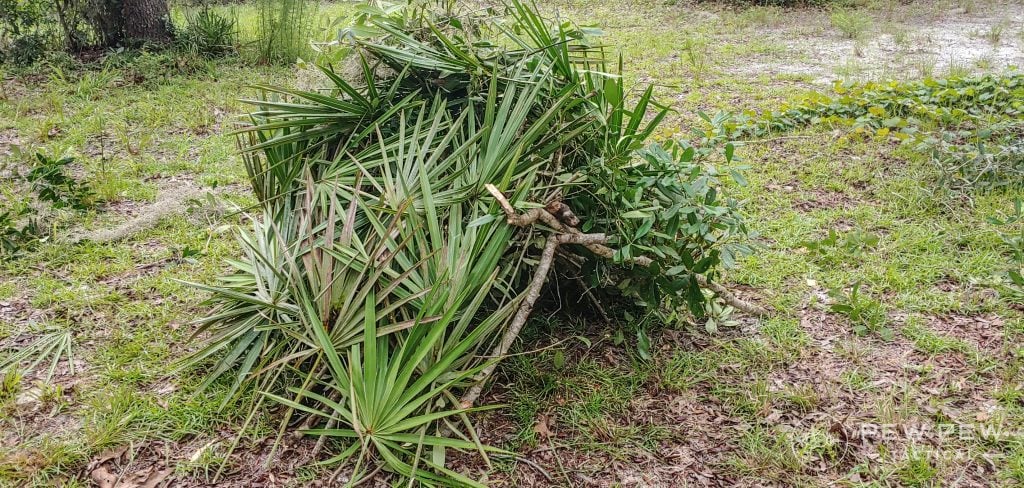
Approximately 97% of all people lost in the woods are recovered within 24 hours. If you can just make it through that first day, you have a fantastic chance of being saved.
This is one of the key reasons — perhaps the key reason — why little kids tend to take better care of themselves when they’re lost in the woods than adults do. Three-year-olds will find a little log to crawl into if they’re cold or wet. They’ll seek shelter and get out of the elements.
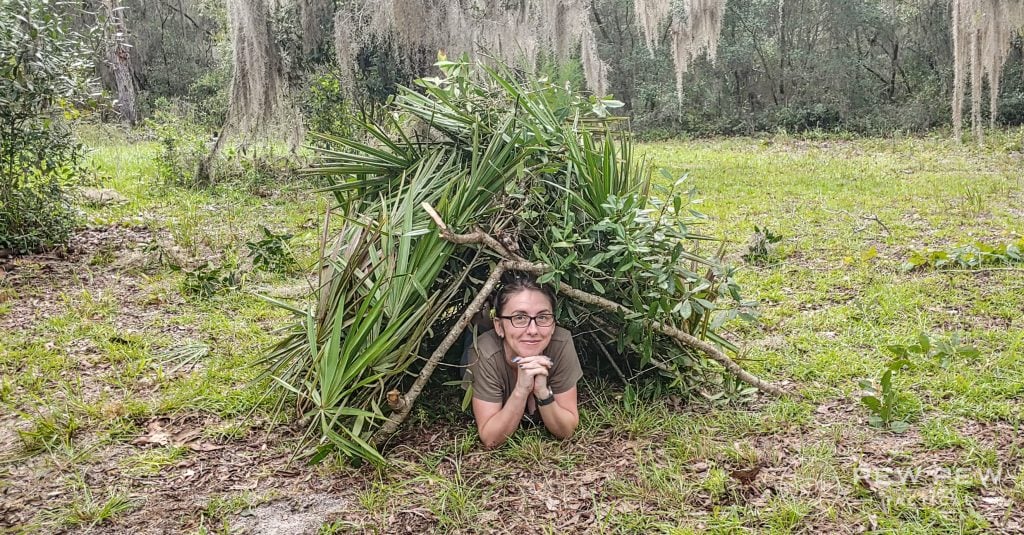
Adults continue trekking towards “help.”
While you may not be able to find a hole in a log big enough to fit an adult, you can build your own shelter that will help keep you warm and dry. Learn how to build them.
2. Know How to Make a Fire
If you find yourself in frigid conditions, or you’ve taken a dunk in a lake and need to dry out, knowing how to build a fire is crucial.
Hypothermia can kill you at any time of the year. Even in July, the mountains can get cold at night. If your cotton T-shirt is already soaked from an earlier waterfall swim, things could easily take a further turn for the worse.

Out of all the skills on this list, fire-making is the most difficult to learn. It takes practice, though having the proper gear at hand can do wonders.
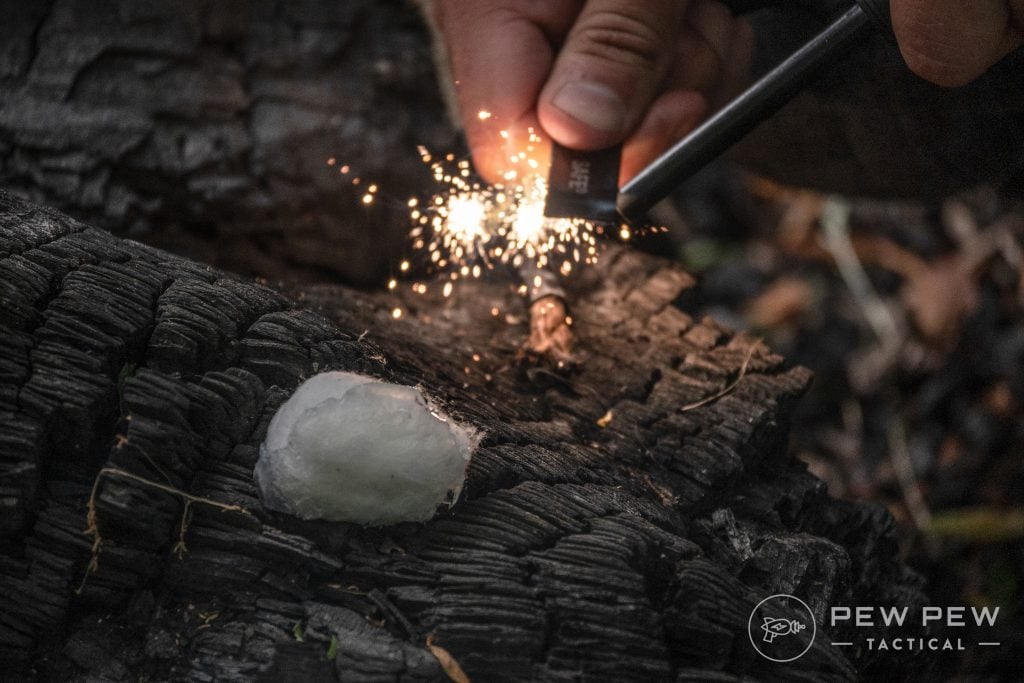
For starters, I highly recommend always carrying a fire striker on your person when you’re out in the woods.
I like the Uberleben Zunden, though there are a lot of other great options available out there. (Hint: we reviewed a few here.)
Prices accurate at time of writing
Prices accurate at time of writing
-
25% off all OAKLEY products - OAKLEY25
Copied! Visit Merchant
Combine one of those with some fire starter cubes or Vaseline-soaked cotton balls, and you’ve got a great fire-building kit.
3. Know How to Find Water
If you’re out in the Southern July heat, lost in the woods, and rapidly dehydrating, you need to know where to find water.
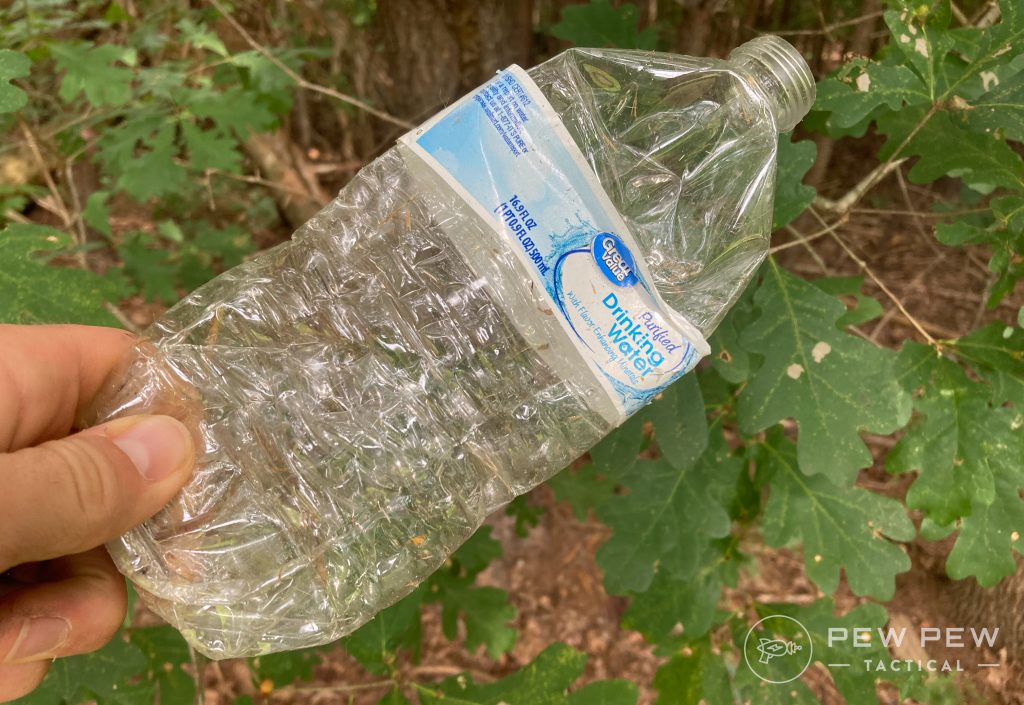
You have maybe three days without it before you’re dead. Water intake needs to increase the hotter the weather and the greater your exertion, and if you can’t find it before the point of no return, well, you won’t be returning.
When it comes to finding water out in the wild, here are some tips you should know…
For starters, water flows downhill — gravity and all that.

You have a much better chance of finding water in a valley than you would up on top of a mountain. There are particular plants that tend to hang out where water is found as well. If you find a cottonwood tree or a sycamore, the odds are that water is close by.
Should you need to harvest your own, learn how to make a solar still, capture rain, or tie a rag to your ankles as you walk through tall grass to capture the dew.
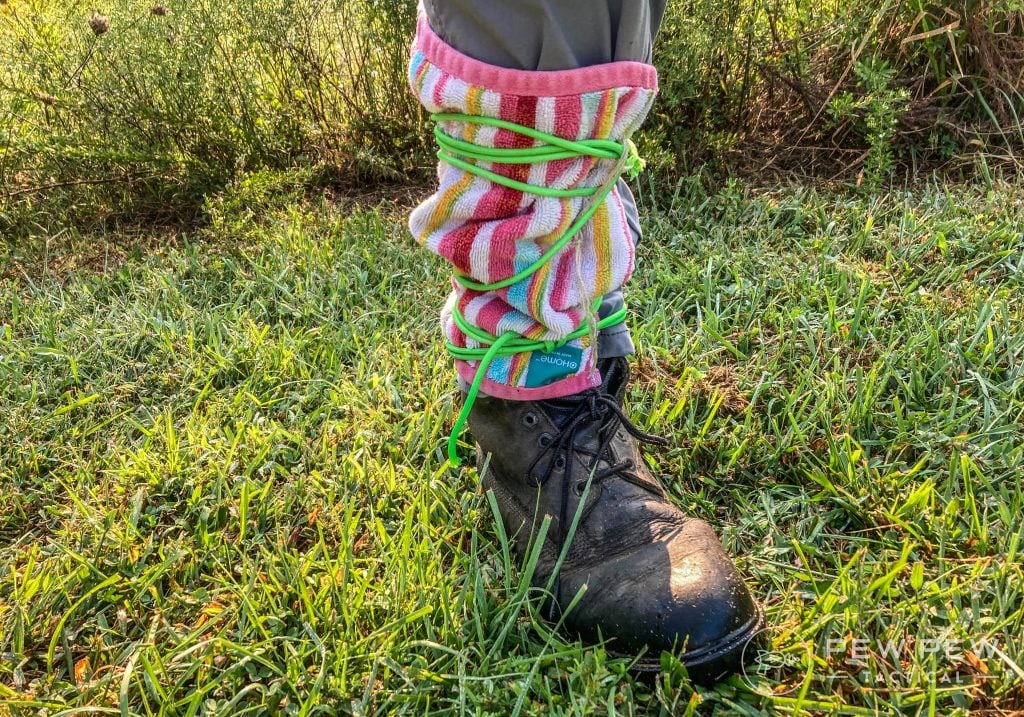
You’ll often have to get creative to capture water, but don’t give up doing what it takes to find it.
And for more tips, check out our article on Water Bushcraft Techniques: How To Collect & Store Water.
4. Know How to Purify Water
Drinking water that makes you die from dehydration is no fun. What do I mean by that?
Well, if you end up catching giardia or cryptosporidium, it’s not too far of a stretch to say that’s what could end up happening to you. Both of these bad little buggies will give you severe diarrhea – causing you to further dehydrate yourself.

Boiling is likely to be one of the chief ways you’ll be able to kill those little bad guys. This necessitates some form of metal container, though.
If you don’t have such with you, this may be a stretch, but keep your eyes open for beer cans. It doesn’t matter how far I bushwhack; I routinely find these everywhere throughout the woods here. I’ve used them a couple of times in the past to boil water (I was making crawdads each time), and they work great for such.
The best bet here is to already have the gear on your back that you’ll need. If you’re going out into the woods, take a LifeStraw and a little pot (the cooking kind) at least.
-
25% off all OAKLEY products - OAKLEY25
Copied! Visit Merchant
I’ve used a Coleman backpacker’s pot set for backpacking for 10+ years with great success, though I will say I’ve recently been enjoying using the mess kit that comes with a Kelly Kettle.
We have more tips for water purification here.
5. Know How to Stay Warm
This is related to, yet slightly different than knowing how to build a fire and shelter. You also know how to keep yourself warm while you’re out and about.
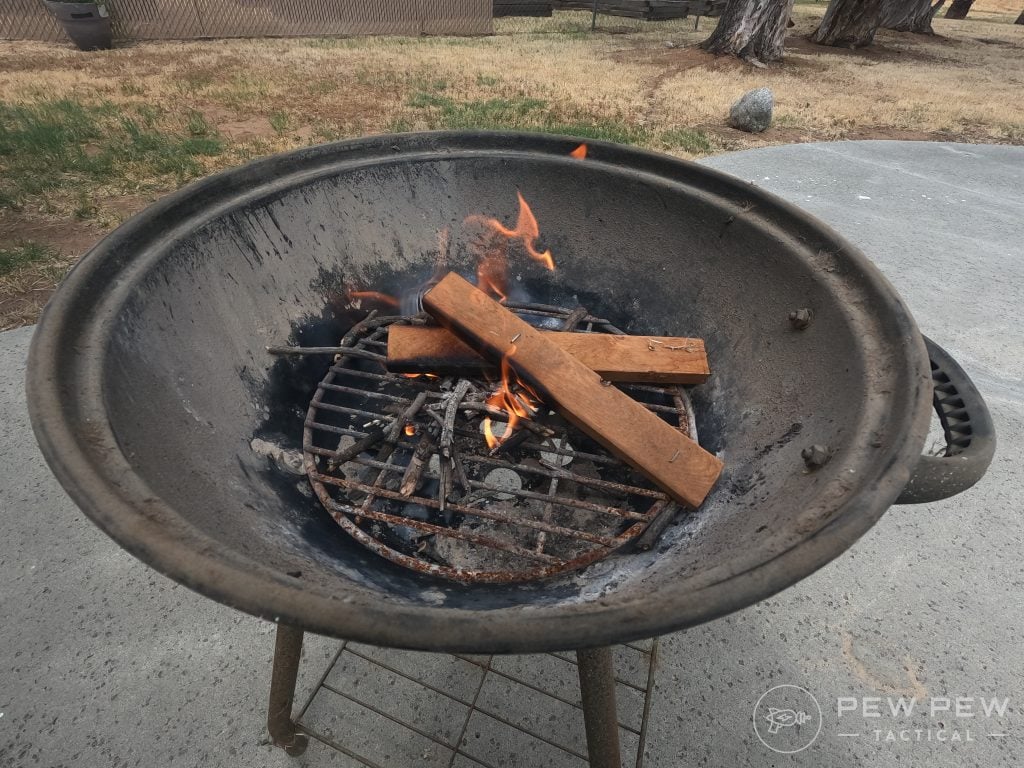
For starters, you have to know how to dress. If you’re thrown into a survival situation in all cotton clothes, you’re in one heap of a mess. Cotton loses 100% of its insulative ability once it gets wet. You might as well be on an episode of Naked and Afraid at that point.
Wool, fleece, and synthetic blends will do a much better job of keeping you warm while you’re out in the woods.
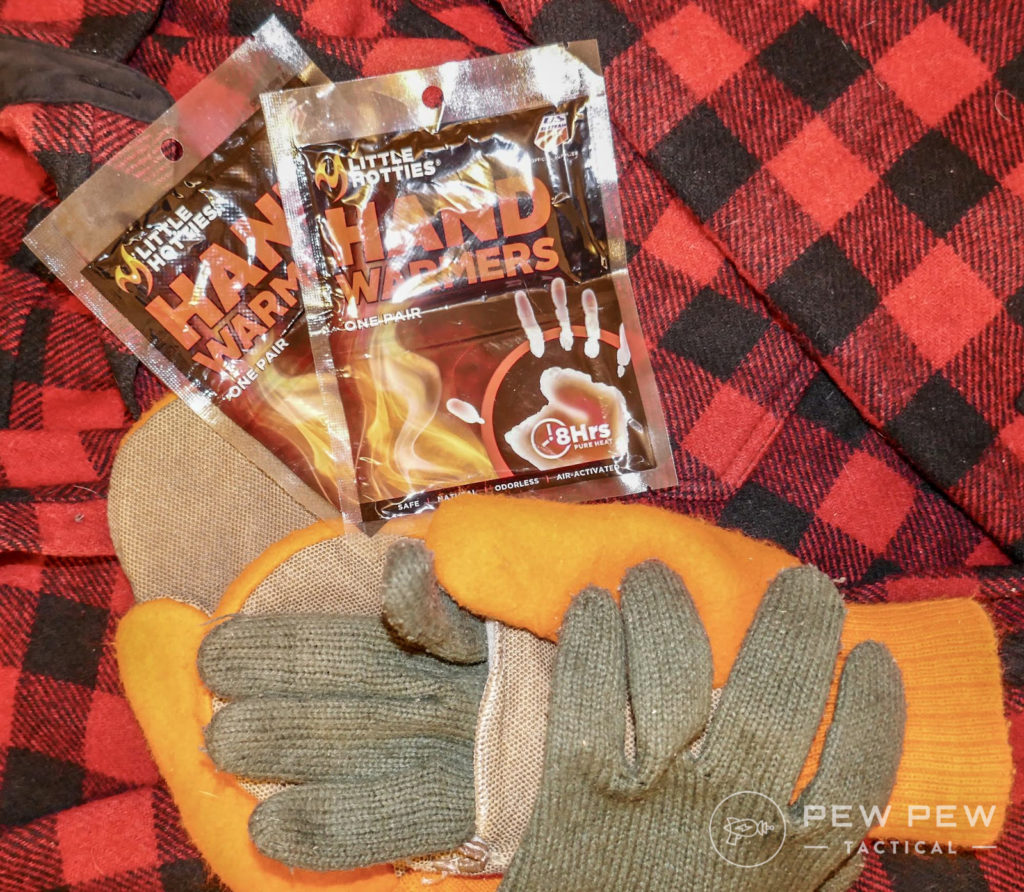
If it’s cold, you need to avoid breaking a sweat as well. Even if you’re trying to build a shelter or start a fire, if you break a sweat, you’re going to get your clothes wet. If you do that, hypothermia will set in that much easier. Take breaks when you need to between tasks so that you can avoid such happening.
For more tips on how to stay warm, check out our recent piece on how to survive extreme cold.
6. Know How to Swim
What’s the number one cause of death in US National Parks?
Drowning. By a wide margin as well.
If you delve even further into the data, you’ll find that drowning is the second leading cause of unintentional injury death in children ages five to 14. For adults, alcohol is often related to the incident.
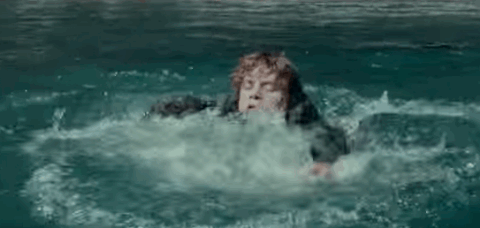
It makes sense then that if you’re going to go out into the wild, you need to know how to swim. Even if you don’t plan on ever going into the water while you’re out. Accidents happen.
A moss-covered bridge, a wet rock, or a muddy trail are all it takes for you to be tossed into the lake or river below, and if you don’t know how to swim, it’s game over.
7. Know How to Stop a Bleed
You’re out at your family’s hunting cabin chopping wood for the fireplace. You’ve always found being alone up there to be a great way to unwind. A rifle shot nearby distracts you though on the downswing, and you end up planting the maul head firmly into your shin.
Sounds like the beginnings of a great day.
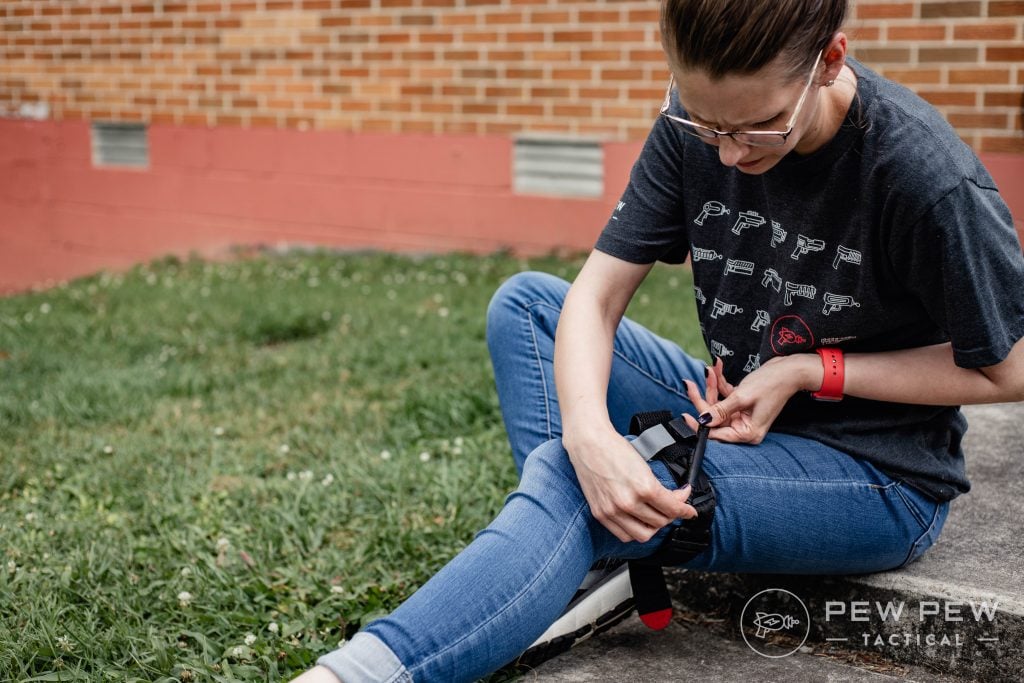
Blood loss accounts for an average of 35% of all trauma deaths, and 33-56% of those deaths happen before the patient ever reaches the hospital. You can easily bleed to death in less than five minutes as well.
The lesson? If you want to avoid contributing to those statistics, you need to know how to stop a bleed.
The first step in this process is to get the training you need. We have a list of the Best First Aid Classes to get you started.
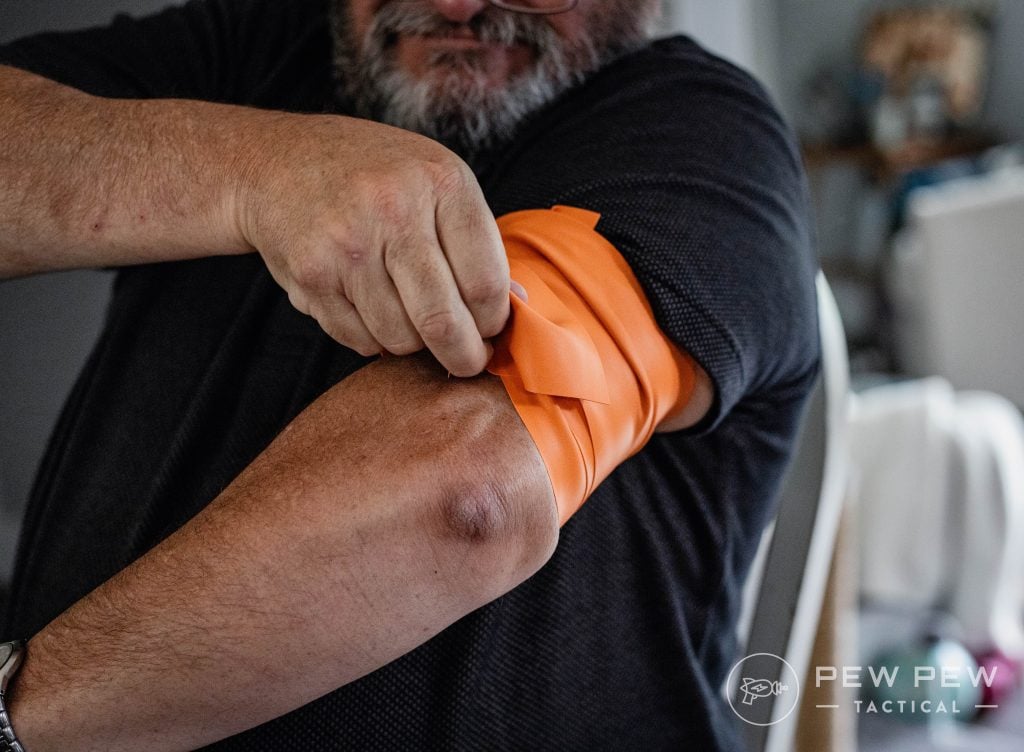
Gear is another piece of the puzzle here, though.
While it’s entirely possible to stop a bleed with a homemade tourniquet or plenty of hand pressure, getting the job done is much easier when you have the appropriate gear.
Tourniquets, QuickClot, and Israeli battle dressings can make your job infinitely easier here.
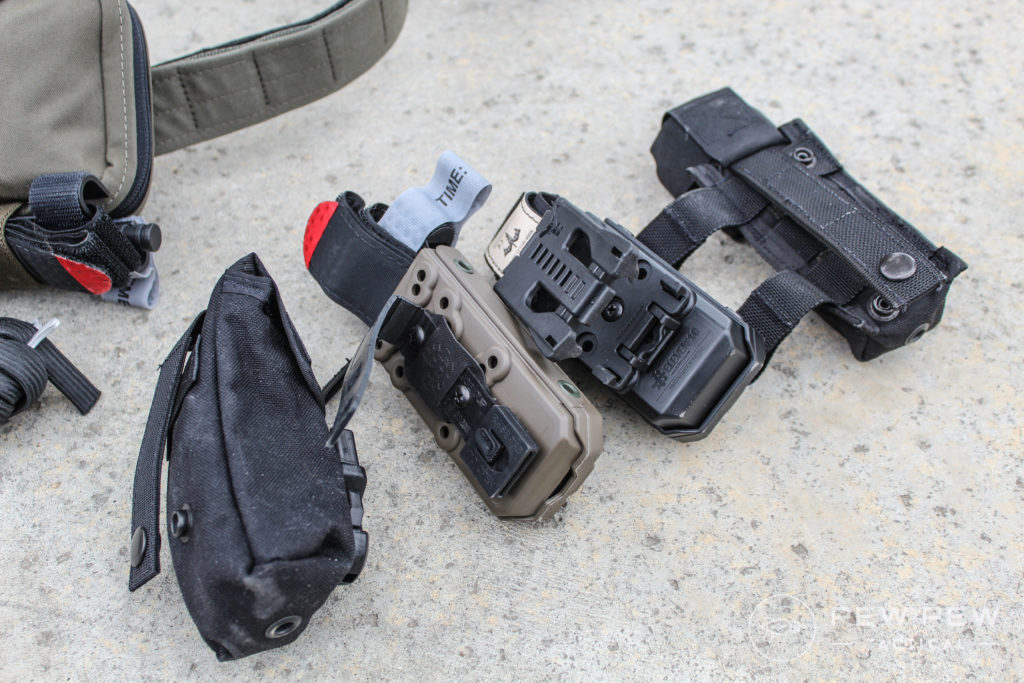
8. Know Basic Latrine Hygiene
While this is most certainly a “long range” survival skill, it’s a vital one, nonetheless.
Let’s say you end up in a Hurricane Katrina-type event. Rescue is potentially weeks away if it’s even going to happen at all. Whatever health infrastructure is in place is already going to be overloaded, and you’ve really zero chance of getting access to quality care.

It’s in a situation such as this that knowing basic bathroom hygiene can be the difference between life and death.
During the Rwandan refugee crisis within the Democratic Republic of Congo in 1994, 50,000 people died in the first month — 42,500 of these were due to cholera and shigellosis. Both of these are caused by drinking water laced with crap.
West Bengal in 1998 saw 16,000 cases of cholera after mass flooding. Nine months after the Haiti earthquake of 2010, we once more saw a cholera epidemic begin.
We saw the same thing here in the states after Hurricane Katrina.
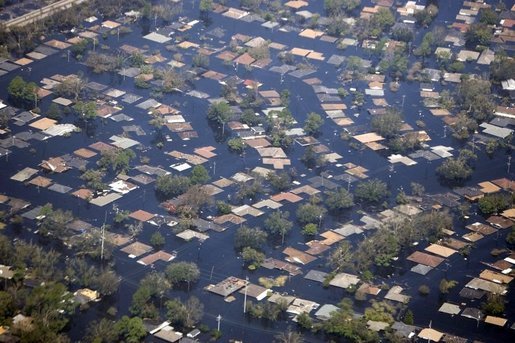
Cholera is no laughing matter. It’s killed potentially millions of people through history, and it has no compunction in taking you out as well.
So, please, learn how to make a disciplined bathroom area in a survival situation that everyone must use, and wash your hands before you eat.
9. Know How to Use a Blade Safely
While I thoroughly understand that accidents do happen and – all of us being human – we all make mistakes and have lapses in judgment, you still need to do what you can to avoid unnecessary risks when you’re in a survival situation.
A big part of that is knowing how to safely use a blade.
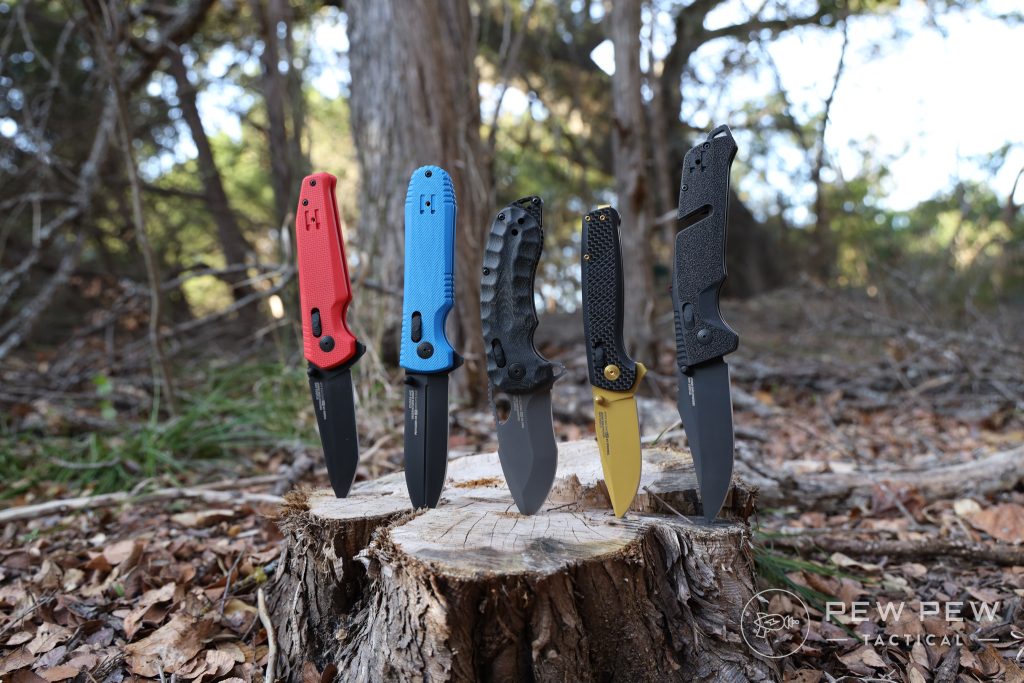
Given that you’re going to be using sharp edges extensively within a survival situation, the likelihood of a blade-related injury is naturally going to increase. This is all the more reason to ensure you’re not engaging in an action that could end up hurting you.
So, push that blade away from you – not towards yourself when you’re cutting.
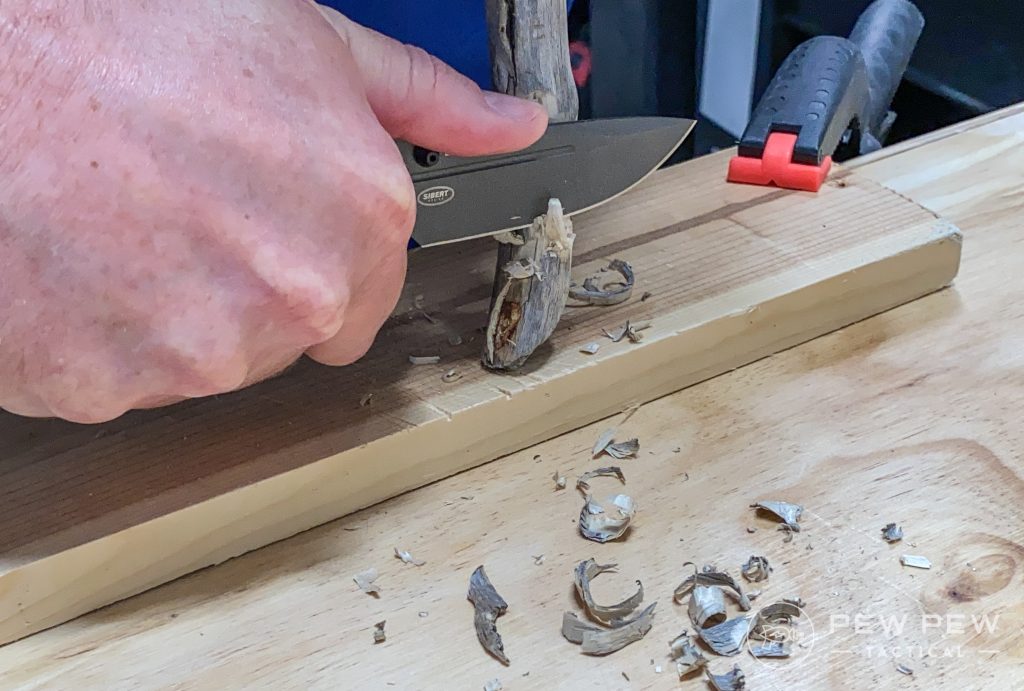
Be mindful of who’s within swinging distance. Don’t run with pointy objects. Put blades back in their sheath when you’re done with them. Do I sound like your mother yet?
10. Know 3 Edible Plants and 2 Snares/Traps
While you can live three weeks without food, it’s a miserable existence. Just missing a single meal is enough to drive people crazy around my house.

While water, warmth, and shelter are your priorities, you do have to eat. I consider knowing two snares/traps and three edible plants for your location to be a minimum safe list. It’ll at least give you something to work from should you end up in a survival situation in your location.
If you’re wondering where to start here, may I recommend the following excellent resources:
- Stalking the Wild Asparagus
- The Forager’s Harvest
- Peterson Field Guides Edible Wild Plants
- Tony Nester’s Knife-Only Survival
Final Thoughts
A survival situation is inherently scary, and that fear can be exasperating if you don’t know what to do.
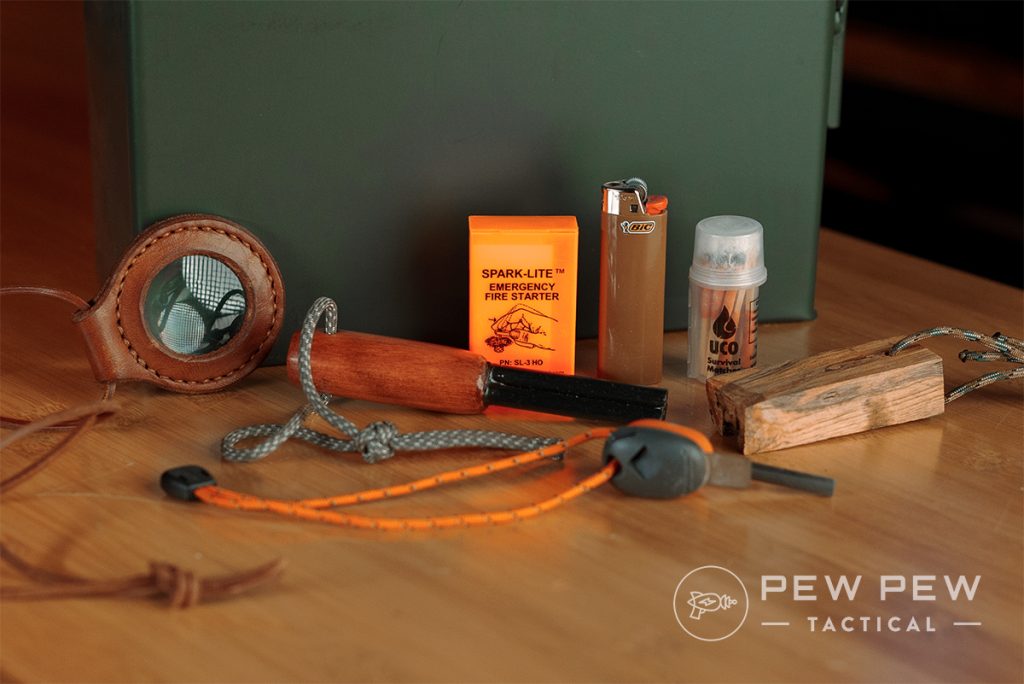
Knowledge is half the battle (mindset’s the other half). By mastering the above skills, you’ll have drastically improved your chances of survival.
Have you ever had to put any of the above to the test? Are there other skills you think should have made the list? Let us know in the comments below! For more on how to make use of the land to survive, check out our list of the Essential Bushcrafting Skills you should know.

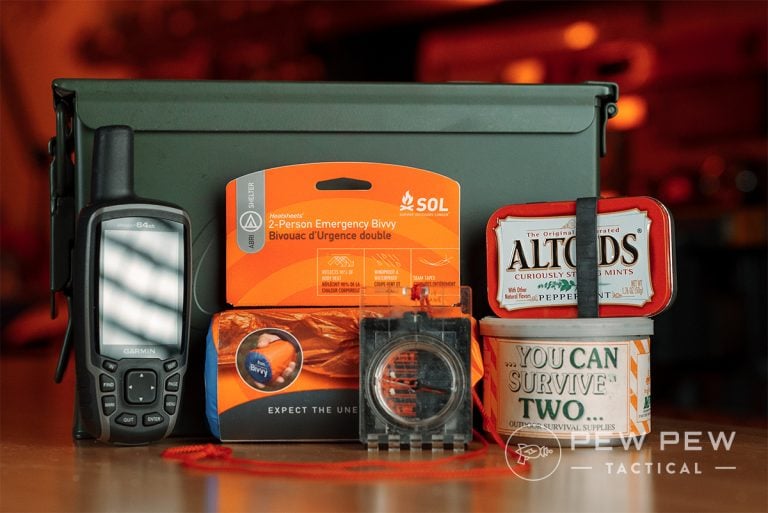
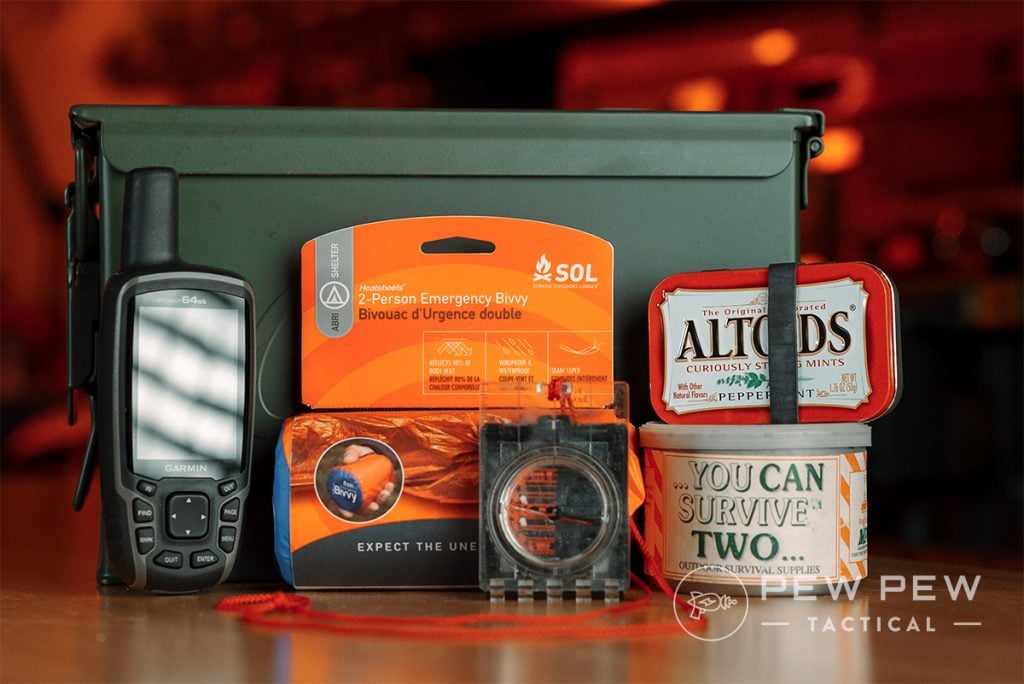









2 Leave a Reply
A few days ago I left a post on pew pew tech tactical about cotton balls and Vaseline so I was happy to see that here there's an emergency fire starter that I carry for many many years from the Adirondacks to the Sierra Nevada mountains and I know that at least two occasions probably save my life and that will start a fire under the absolute most adverse conditions that you can think of and from my early twenties to now when I'm out and about I carry three road flares and even that bear in the Grand Tetons in the middle of the night once I got up wind from him and let the smoke drift to him didn't want anything to do with it just a thought
For more reasons than I can count, that is the worst "shelter" I've ever seen in my life. Read the Complete Survival Shelters Handbook.